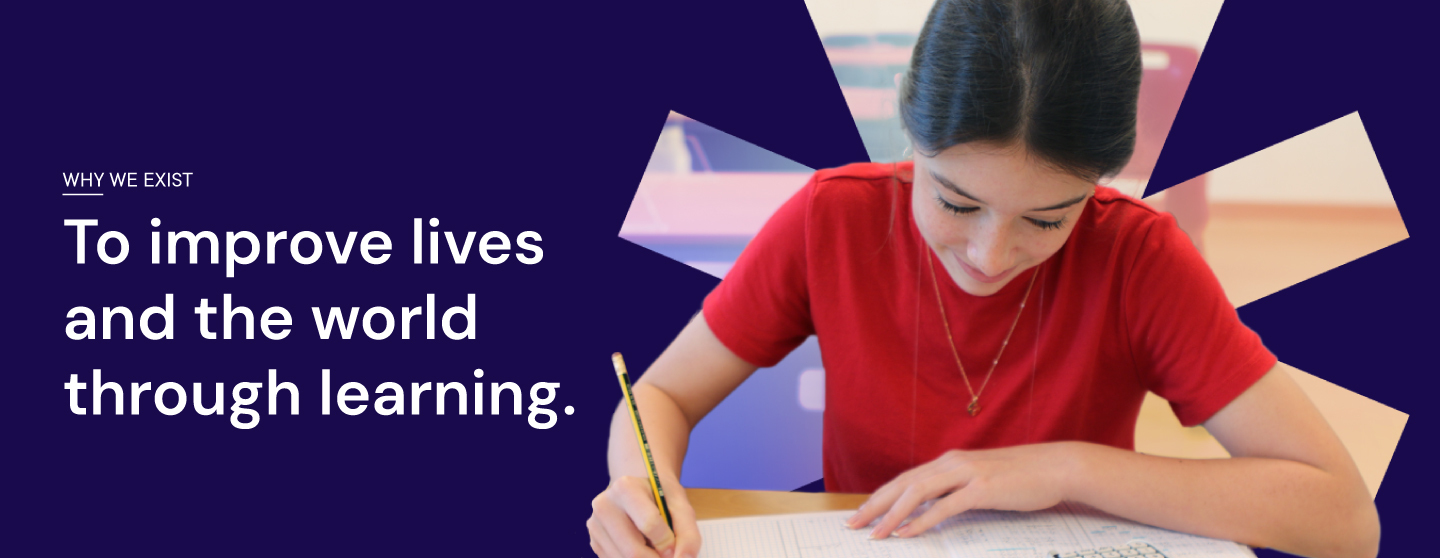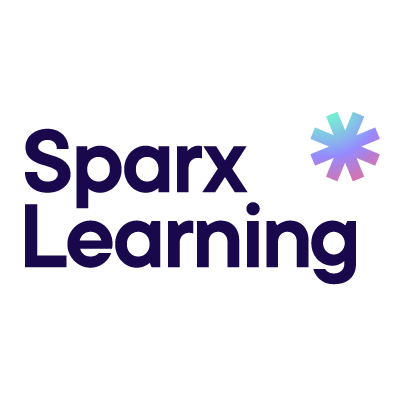

Sparx Limited

Devon, United Kingdom
March 2025
Education & training services
Service with Minor Environmental Footprint
Australia,
Austria,
Belgium,
Cayman Islands,
Chile,
Costa Rica,
Cyprus,
Ecuador,
Egypt,
Germany,
Hungary,
India,
Italy,
Jersey,
Kazakhstan,
Kenya,
Kuwait,
Luxembourg,
Malaysia,
Mexico,
Morocco,
New Zealand,
Oman,
Portugal,
Qatar,
Saudi Arabia,
Singapore,
Slovakia,
Spain,
Switzerland,
Thailand,
United Arab Emirates,
United Kingdom,
United States,
Vietnam,
Zimbabwe
Sparx Learning has a mission to improve lives and the world through learning. The organisation works with over 2,600 schools, 60,000 teachers, and 2.4 million students, building systems that enhance student confidence, skills, and attainment. Their innovative tools and programs support students, teachers, and school leaders in improving educational outcomes across the UK and beyond. For students, these solutions help foster strong learning habits, build confidence, accelerate progress, and unlock their potential. For teachers, they offer greater visibility and data insights while saving time—enabling educators to focus on the activities that have the greatest impact. Recognising that every subject is different, each Sparx system is carefully researched and designed to maximise impact in that discipline. For example, Sparx Maths supports 11- to 16-year-olds with personalised, challenging, and achievable homework. Meanwhile, Sparx Reader helps schools promote a culture of regular independent reading by making students' reading habits visible and measurable.
Overall B Impact Score
Governance 20.2
Governance evaluates a company's overall mission, engagement around its social/environmental impact, ethics, and transparency. This section also evaluates the ability of a company to protect their mission and formally consider stakeholders in decision making through their corporate structure (e.g. benefit corporation) or corporate governing documents.
What is this? A company with an Impact Business Model is intentionally designed to create a specific positive outcome for one of its stakeholders - such as workers, community, environment, or customers.
Workers 35.7
Workers evaluates a company’s contributions to its employees’ financial security, health & safety, wellness, career development, and engagement & satisfaction. In addition, this section recognizes business models designed to benefit workers, such as companies that are at least 40% owned by non-executive employees and those that have workforce development programs to support individuals with barriers to employment.
Community 13.8
Community evaluates a company’s engagement with and impact on the communities in which it operates, hires from, and sources from. Topics include diversity, equity & inclusion, economic impact, civic engagement, charitable giving, and supply chain management. In addition, this section recognizes business models that are designed to address specific community-oriented problems, such as poverty alleviation through fair trade sourcing or distribution via microenterprises, producer cooperative models, locally focused economic development, and formal charitable giving commitments.
Environment 11.6
Environment evaluates a company’s overall environmental management practices as well as its impact on the air, climate, water, land, and biodiversity. This includes the direct impact of a company’s operations and, when applicable its supply chain and distribution channels. This section also recognizes companies with environmentally innovative production processes and those that sell products or services that have a positive environmental impact. Some examples might include products and services that create renewable energy, reduce consumption or waste, conserve land or wildlife, provide less toxic alternatives to the market, or educate people about environmental problems.
Customers 28.4
Customers evaluates a company’s stewardship of its customers through the quality of its products and services, ethical marketing, data privacy and security, and feedback channels. In addition, this section recognizes products or services that are designed to address a particular social problem for or through its customers, such as health or educational products, arts & media products, serving underserved customers/clients, and services that improve the social impact of other businesses or organizations.
What is this? A company with an Impact Business Model is intentionally designed to create a specific positive outcome for one of its stakeholders - such as workers, community, environment, or customers.